The Complete Guide to Cutting Packaging Costs for Small Business Owners
4 Mins Read
Published on: 06 April 2022
Last Updated on: 21 May 2025
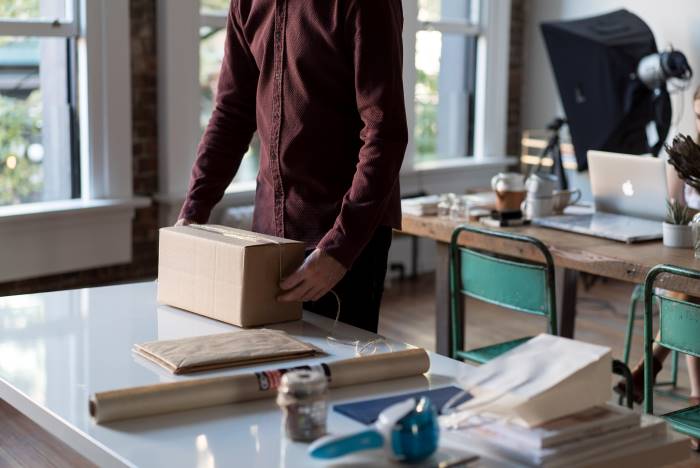
toc impalement
As a business owner, you know that cutting small costs can add substantial savings. But have you considered how much you can reduce expenses by reevaluating your packaging methods?
Cutting Down Packaging Costs Guide:
Packaging is a massive part of a business. Companies spend millions of dollars annually on packaging and shipping their items.
Therefore, it is essential to know some ways to help them reduce shipping costs.
Here are some ways to help you bring down the overall packaging cost and increase the profit margin. Let us dive right in!
1. Consider Alternative Packaging Options:
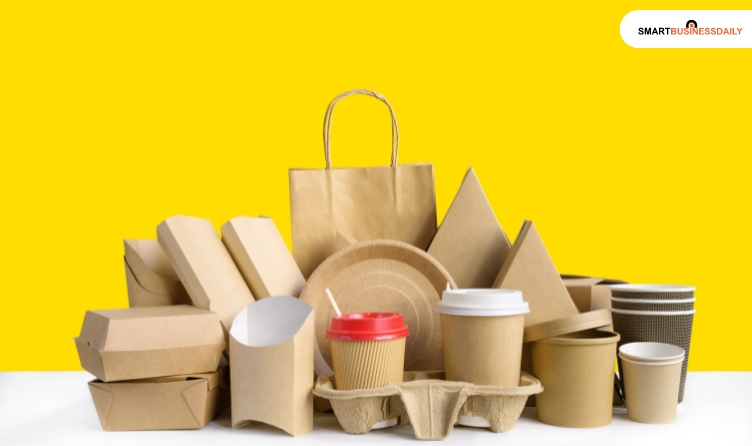
Most small business owners still use boxes as packaging for their products. While boxes could be the best packaging type, alternative options are available, so you should explore each option to find the most cost-effective solution.
Look at different types of boxes and other packaging methods to reduce your costs.
For instance, you could use woven polypropylene, which is solid and durable. Polypropylene provides products with complete protection and can be less expensive than other packaging options.
For smaller products, plastic mailers are a great option. The plastic envelopes are flexible, durable, and water-resistant, and you could significantly reduce your packaging costs. Alternatively, custom pouch packaging UK is another available option you can explore.
2. Use Stickers or Pouches with Custom-cut Labels:
You should add your logo and other branding to your packaging to grow brand awareness. However, adding prints directly onto boxes and other forms of packaging can be costly.
An alternative idea is to use stickers. However, if you’re adding stickers to packaging yourself, you need to consider how long it will take to apply them to determine whether it’s cost-effective.
Also, the results could be better. You could end up with misaligned labels.
A better option is to create custom labels that are printed and automatically applied to packaging pouches. At StickerYou, you can print customized labels onto flat or stand-up pouches to save money and give your packaging a sleek and modern feel.
3. Minimize the Filling You Use:
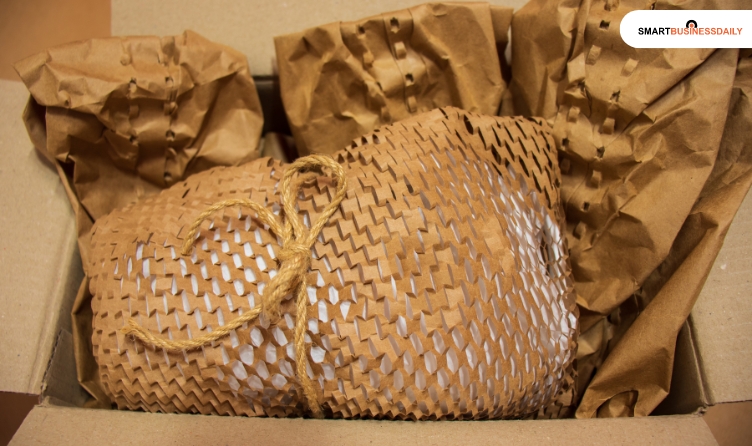
To save costs on your product packaging, you need to consider the interior of the package as much as the exterior.
Sure, you’ll often need to use void fillers to ensure your products remain stable and arrive in excellent condition. But by looking at different options for void fillers, you can find the least expensive option.
Shredded paper, cardboard, bubble wrap, and packing peanuts are some of the most commonly used packaging fillers.
4. Keep Packages as Small as Possible:
When looking at different types of packaging, you should use a solution that makes your package as small as possible.
Costs will be less when you use less material for the exterior and interior packaging. For instance, you don’t need to place T-shirts in inboxes if you’re selling T-shirts. You could roll them up in plastic mailers instead.
By keeping your packages as small as possible, you can significantly reduce packaging and postage costs.
5. Assess the Time it Takes to Pack:
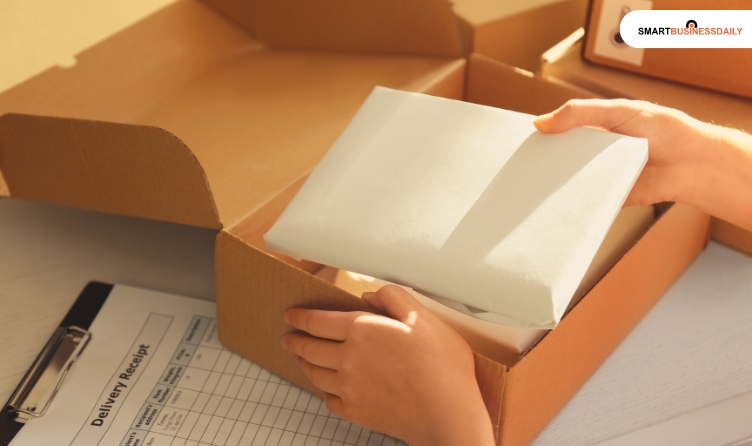
You need to consider not only the cost of the packaging materials and postage to cut down costs. It would help if you also reassessed the Time it takes to pack your products.
Labor costs can quickly mount up. Hence, the more organized and efficient your packaging production line is, the more cost-effective it will be. Whether you pack items yourself or outsource the packing, this rings true the more you can reduce your expenses.
Standardizing your packaging is one way of lowering labor costs. For instance, you sell products that are not too dissimilar in size. As a result, you start using just one or two box variations instead of different-sized boxes or other packaging types for each product.
That will simplify the picking and packing process, meaning labor costs can be substantially cut.
If you’re using automated packaging machines, calculate how much time different equipment takes to complete packing items so that you can use the most cost-effective equipment.
6. Using Technology:

One way you can optimize your overall spending on packaging is by using technology. Consider automation for your packaging side of the business. However, automating a whole department can be cost-effective.
Thankfully, automation or technology is a great way to reduce shipping costs and packaging. Automating a department is a one-time investment that can be turned into a profit over Time.
Using technology will not only bring the cost down, but you can free up more resources. Which in turn would help you free up funds that were being paid as salary. This would also add to the profit margin.
7. Conduct Regular Audit:
Like any other department, auditing is integral to the packaging department.
As a business head, you must encourage your departmental heads to conduct regular inventory and packaging equipment audits. Do this month-wise, and you will see that you are saving money.
Every month, sit with the department and see the situation in the packaging department. Identify the logistical gaps and try to fill them up effectively. This would help you save money or reduce shipping costs in the long run.
8. Stay Updated:

Last, you must stay updated about market trends, packaging materials, etc. A clear understanding of these elements helps a business to get ahead of its competition.
Therefore, be vigilant about the industry’s shifting tides so that you have a clear idea about the means of saving money. These are some ways to help you save money in the long run.
And it’s A Wrap!
These are some ways to help you save money and reduce shipping costs for your small or medium-scale business.
You need to understand and study these tactics if you are a new entrepreneur. Keep following our page for more such content.
Read Also:










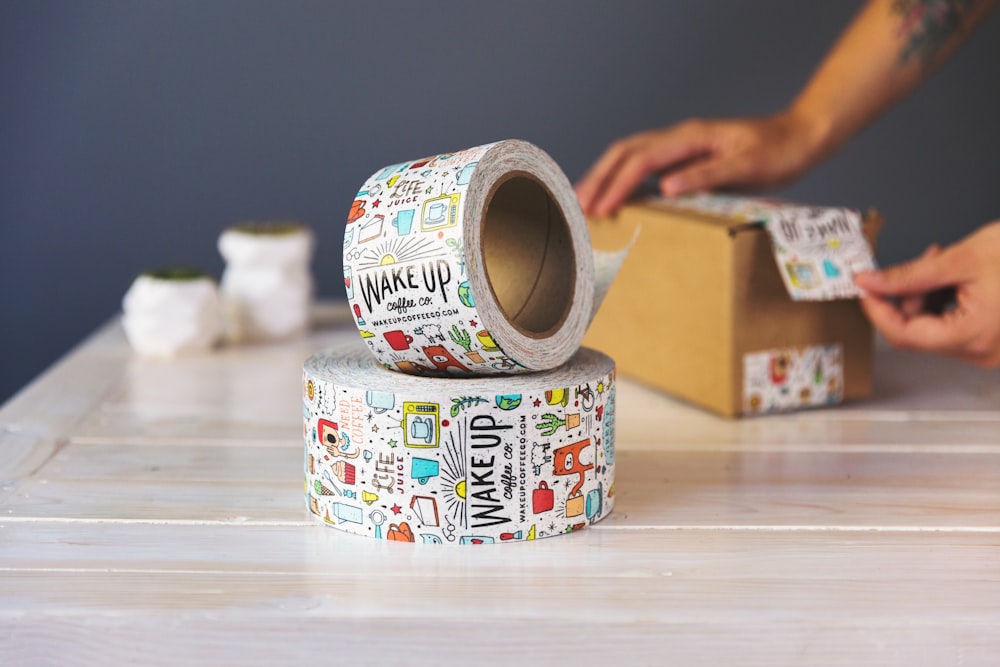









Comments Are Closed For This Article